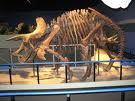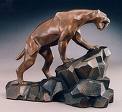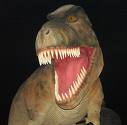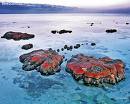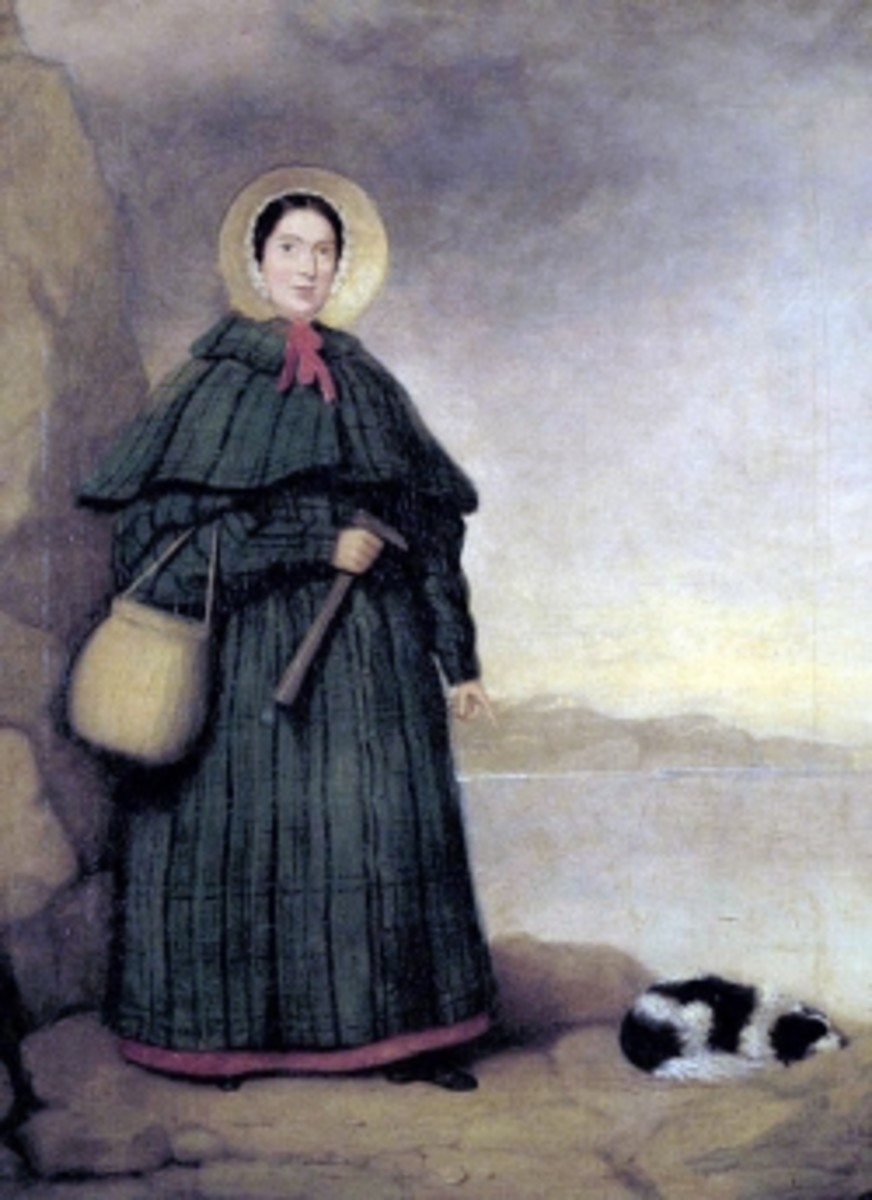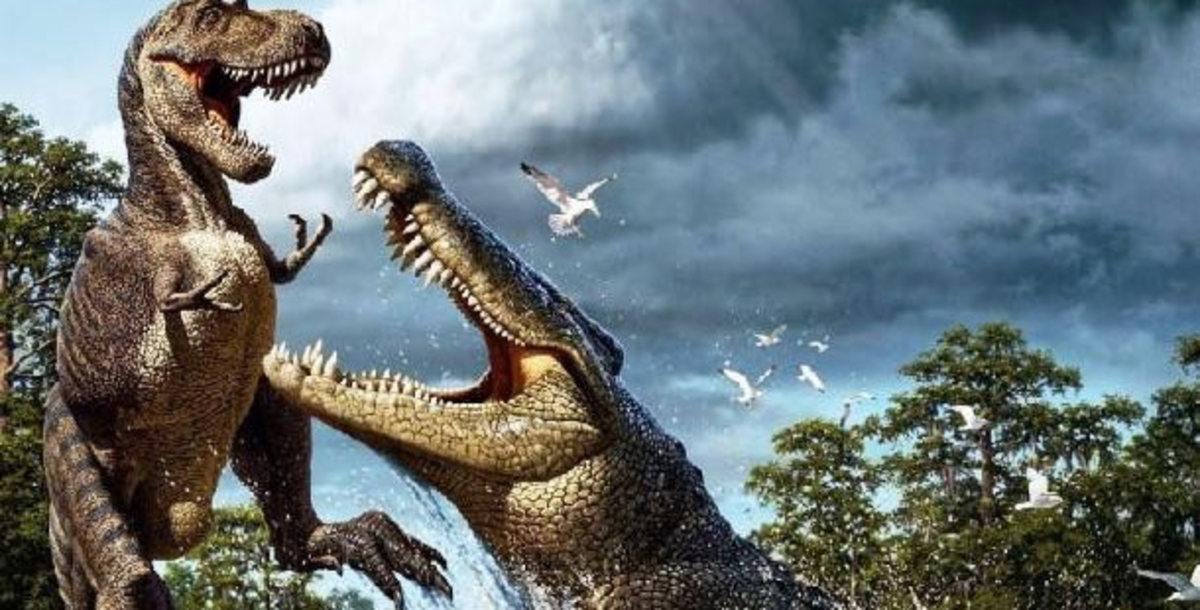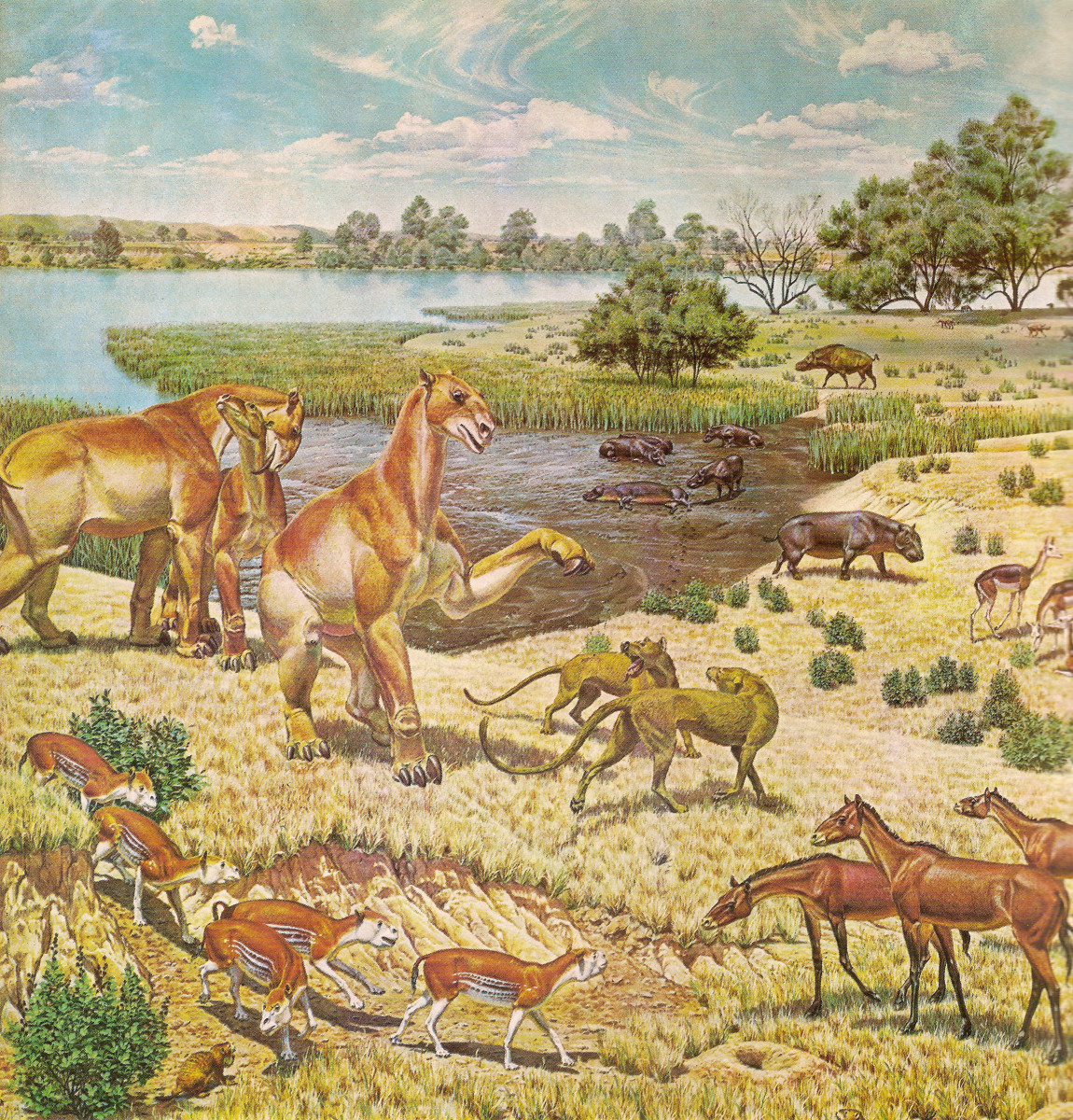- HubPages»
- Education and Science»
- Life Sciences»
- Paleontology
Seven New Dinosaur Species Discovered Daily!! (TV News 17/12/2013)
Nothing has captured our imagination like the Dinosaurs.
Click thumbnail to view full-size




Wonderful; Incomplete, The Fossil Record
(I wrote this article some time ago, but hubbers missed it for some reason. I rarely update and brush down my work, but as this subject is so topical at the moment, I decided to do so here).
The Writer as a Living Fossil!
This grizzled old hack is rapidly approaching the age of becoming a fossil himself. Once, that would not have been so, not because we didn’t live as long, and I would already be under the sod, but because the title fossil was once ascribed to non-living things like rocks, stones and other minerals. Gradually, the name has been taken to apply to things once possessing that magic state we call “life,” organic creatures, which once walked, swam or grew in this world.
Since I mention the fossil record in regard to many of the insects, arachnids and the rest I have written about on hub pages, I thought it might be interesting to do a hub on fossils, for we would know virtually nothing about the tide of life preceding us without them.
Fossils can be of minute creatures, insects, plants and all sorts of animals, many who have long disappeared, but others which still remain in some form as part of the life around us. They can also be footprints, such as those of huge dinosaurs which once made impressions of clawed feet in some soft substance such as tar or volcanic dust. Tiny winged insects and small lizards have been found in amber, looking just the same as the day they became stuck in the resin-like substance made and secreted by trees to use like a dressing for damaged trunks and branches. These are particularly valuable due to their rarity and beauty - as well as they fact they sparked the movie “Jurassic Park.” The huge skeletons of dinosaurs, as rare as large diamonds, are occasionally found, take many months to excavate and prepare, and fetch prices in the millions, usually by some museum. The arguments of who owns them can occupy the courts for years when there are millions at stake.
Millions - perhaps billions - of life forms have come and gone since life began, as tiny creatures such as bacteria and algae in the Precambrian Era, more than 540 million years ago. We cannot even guess at the myriad creatures which must have existed - the fossil record is so incomplete - but we do have some idea from all that has been found by dedicated professional and amateur “fossil fossickers,” mainly over the last 100 years.
That which we do have is really a lot of ghosts of the creatures they once were. A fossil is a copy formed as “permineralization” takes place, minerals being forced into the spaces and tissues that were once organic, replacing them over a vast time scale, and under the pressure of deep water and its sediments, or under the many layers of soil, sand and rock that has accumulated in the spot where the creature once stood or expired. Or the organic structure of the creature vanished, leaving a mould of its being behind, probably filled with other deposits, which can be carefully separated from where it once lay and an idea of the dimensions recorded. But still 99.9% of living creatures and plants disappear without trace, returning to the “matter bank” as fragments, molecules and atoms, eventually to become part of every new life. And surely, another 99.9% of creatures becoming fossilized lie deep under the ground or the oceans still, most never to be discovered.
Some life forms have more chance of becoming a recognizable fossil than others. Fish don’t score too highly because of the fact their skeletons are made from cartilage, a much softer and less durable material than bone. Plants, too, and insects are often so fragile they disappear long before the process that would leave a fossil has begun. Luckily, many leave impressions with all the structure finely writ in the rock and shale: their ribs, veins, bark, roots and seeds may resist rot and predation long enough to leave us something, as will the cones and stiff leaves of conifers, etc.
We have huge collections of shells from all sorts of land and sea molluscs as their hard “houses” are particularly resistant to change, as are the hard parts of crabs beetles and bugs, such as the carapace and wing cases. Some fish, the crocodilians and certain dinosaurs had scales covering parts of their body which have done well in the record. Of course, teeth, claws, antlers, hooves and horns have been found in numbers, sometimes we have had to guess at the rest of the creature…it didn’t take much effort to imagine the potential and size of the Tyrannosaurus, yet there were other carnivores even larger than this terrifying “Tyrant-Lizard.” (Carcharodontosaurus was one such and we still don‘t know if the fossils we have are of the largest around). Absorbing are the 7-inch fangs of the lion-sized “Smilodon,” better known as the terrifying Sabre-Toothed Tiger, with us until up to about 10,000 years ago and doubtless a scourge to our ancestors, scrambling for safety while it‘s scream echoed round their caves. Many of their bones and teeth have been found in the Los Angele’s La Brea Tar Pits, along with skulls of their prey showing the dagger stroke of those fangs as both were sucked down by the poisonous ooze.
Fossils are only found in certain, sedimentary rocks. Igneous and metamorphic rock have destroyed anything organic in the melting of the first, and the huge pressures in forming the second. Sandstone, limestone, shale’s and the rest are the fossil-bearing deposits. Several points on the Earth’s surface have been found to contain many fossils, this may be due to the fast there is more sedimentary material in these areas; a couple of important finds have engendered a sort of “fossil gold rush,” or they were ideal places historically to support the kind of life for animals and plants that produce lasting fossils. More investigation by me is needed to get a better feel for this.
Remains not actually fossils but rather objects associated with them are called “Trace Fossils.” These can be footprints, nests drag marks from tails, etc., or even fossilized droppings - good for determining what the creature ate and, perhaps, why it died and more. But these leavings are not high smelling as they are filled with minerals as are all fossils.
The fossil record appears to show mankind separated from our nearest relatives, the Chimpanzees, about 7 million years ago. We seem not to see a steady progression up to modern man, but irregular steps of advance and retreat. We hope more finds will fill in “the thread,” i.e. connect up the dots.

